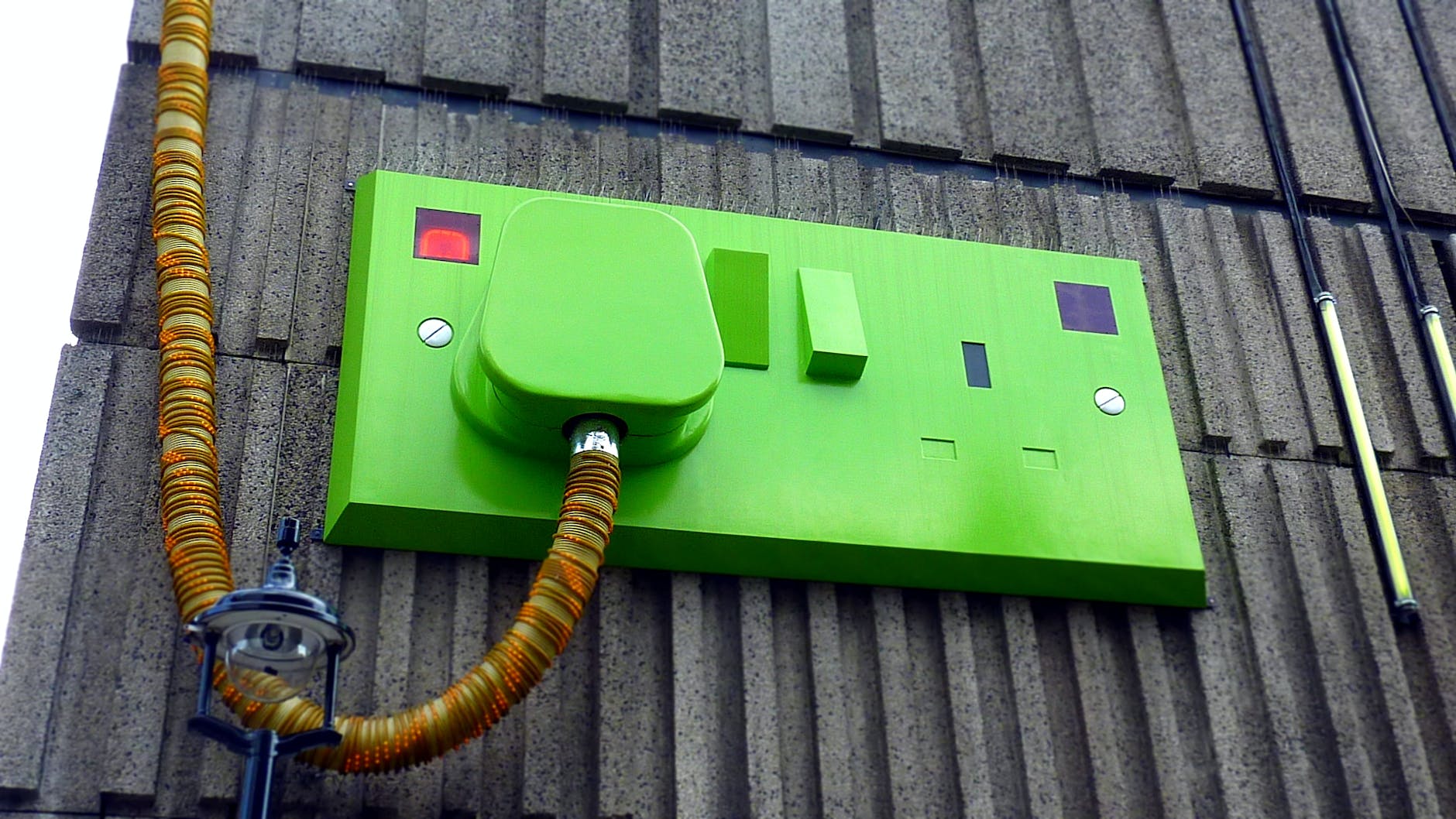Electrical installation is something that shouldn’t be taken lightly. Small mistakes can result in serious consequences. The term is also a broad term that can refer to a number of different services, this could be as simple as changing a light switch or as complicated as re-wiring your entire property.
When it comes to the idea of electrical installation you should also keep in mind the fact that there are a lot of jobs that can be undertaken. All of these jobs may require different types of material and there are certain factors that determine what sort of material you will need in order to carry out your required task, some of these factors could be:
oThe intended use of the installation and the amount of power that will be needed from the electric circuit
oThe type of occupancy as well as the size of the building
oWhat national and/or local regulations are in place
oThe environment in which the wiring will be operating
Wiring installations are regulated by the IEE Requirements for Electrical Installation. However on the 1st of January 2005, new legislations were brought into effect. From this date it meant that all new installations, alterations and additions to your electrical systems had to be inspected to ensure that they comply with strict safety performance tests. These standards cover the design, installation, inspection and testing of appliances in order to reduce hazards from domestic installations in the hope to reduce accidents associated which them such as fires and electric shocks.
These new regulations plan to address the fact that in the UK alone there are 10 deaths and over 750 injuries each year that are caused by faulty wiring in the home. These findings also highlighted the fact that every year more than 12,200 domestic fires are caused by faulty electrics.
An example of the services that are available to you are electricity cables, the setting up of data networks, testing appliances, installing and testing of fire alarms as well as emergency lighting for hospitals, prisons and nursing homes, CCTV systems, cameras and security systems also form part of the term electrical installation.
Most of the electrical installations within the home are fittings that are known as fixed. The fixed fittings can be seen, for example, in a new kitchen. A new kitchen will require a number of fixed electrical features such as additional sockets, extra lighting, such as spot lighting for otherwise difficult to see areas and also extra appliances such as built in cookers, washing machines and dishwashers. Fixed appliances are electrical aspects that are fixed to the building including sockets, switches, fuse boxes and ceiling fixtures including lighting features.
Getting the right electrical installation that is needed for your home or business is highly important. You need to have adequate fixtures available to cater for all of your appliances but this type of work is highly specialised and takes a great deal of skill to ensure the correct and safe work is carried out, because of this it is important that you enlist the help of a professional to carry out any electrical work that you wish to have done to your property.



